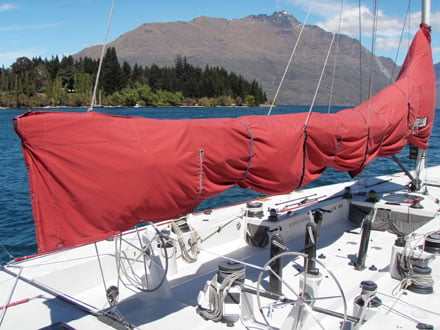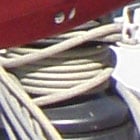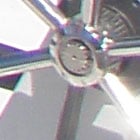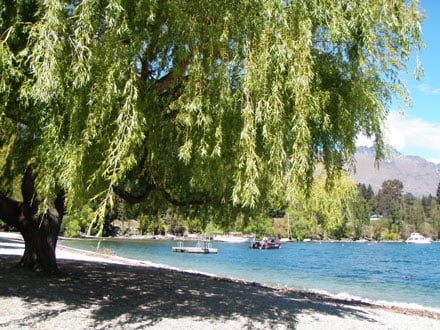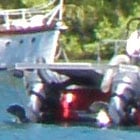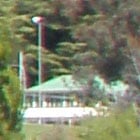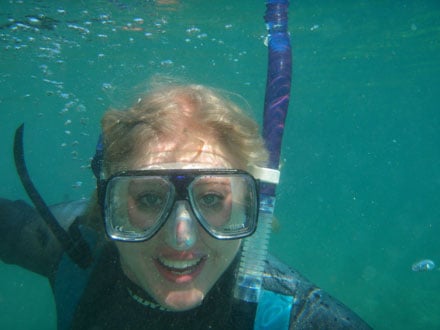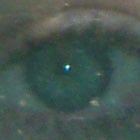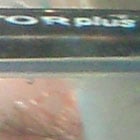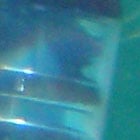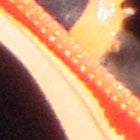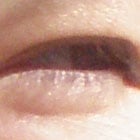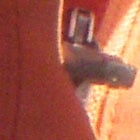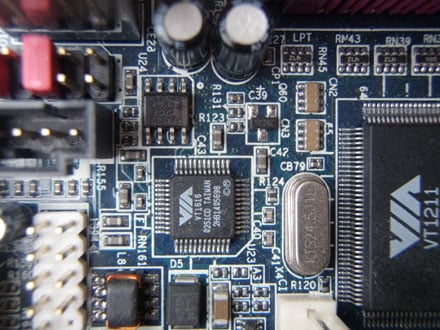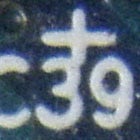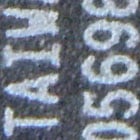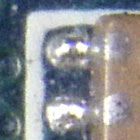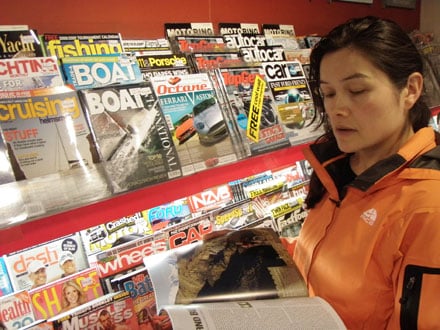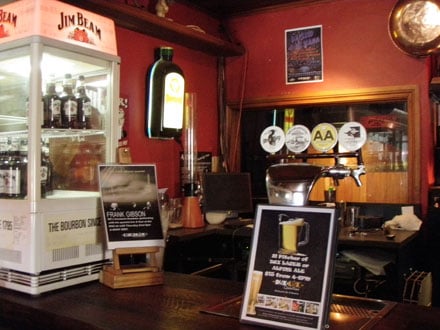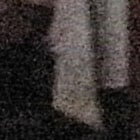Olympus µ 1050 SW / Stylus 1050 SW
-
-
Written by Gordon Laing
Olympus µ 1050 SW / Stylus 1050 SW Gallery
The following images were taken with an Olympus µ 1050 SW / Stylus 1050 SW. The 1050 SW was set to 10M Fine JPEG quality, Auto White Balance and ESP metering. The sensitivity was set to Auto for the first three images, but set manually for the remaining five. Image Stabilisation was enabled for all these handheld shots.
The individual exposure mode, file sizes, shutter speeds, aperture, ISO and lens focal length are listed for each image.
The crops are taken from the original files, reproduced at 100% and saved in Adobe Photoshop CS2 as JPEGs with the default Very High quality preset, while the resized images were made in Photoshop CS2 and saved with the default High quality preset. The three crops are typically taken from far left, central and far right portions of each image.
Note: you may wish to open a number of galleries for direct comparison of detail and noise: Pentax Optio W60, Canon PowerShot SD 880IS / IXUS 870 IS sample images, Panasonic Lumix DMC-FX35 sample images.
Landscape: 4.54MB, Program, 1/640, f4.5, ISO 80, 6.7-20.1mm at 6.7mm (equivalent to 38mm)
Landscape: 4.24MB, Program, 1/400, f3.5, ISO 80, 6.7-20.1mm at 6.7mm (equivalent to 38mm)
Underwater: 4.53MB, Underwater, 1/320, f3.5, ISO 80, 6.7-20.1mm at 6.7mm (equivalent to 38mm)
Portrait: 3.90MB, Program, 1/640, f5.6, ISO 200, 6.7-20.1mm at 20.1mm (equivalent to 114mm)
Macro: 3.93MB, Program, 1/500, f4, ISO 400, 6.7-20.1mm at 6.7mm (equivalent to 38mm)
Indoor: 3.87MB, Program, 1/40, f3.5, ISO 400, 6.7-20.1mm at 6.7mm (equivalent to 38mm)
Indoor: 4.09MB, Program, 1/20, f3.5, ISO 800, 6.7-20.1mm at 6.7mm (equivalent to 38mm)
Indoor: 4.03MB, Program, 1/40, f3.5, ISO 1600, 6.7-20.1mm at 6.7mm (equivalent to 38mm)
| ||||||||||||||||||||||||||||||||||||||||||||||||||||||||||||||||||||||||||||||||||||||||||||||||||||||||||||||||||||||||||||||||||||||||||||||||||||||||
